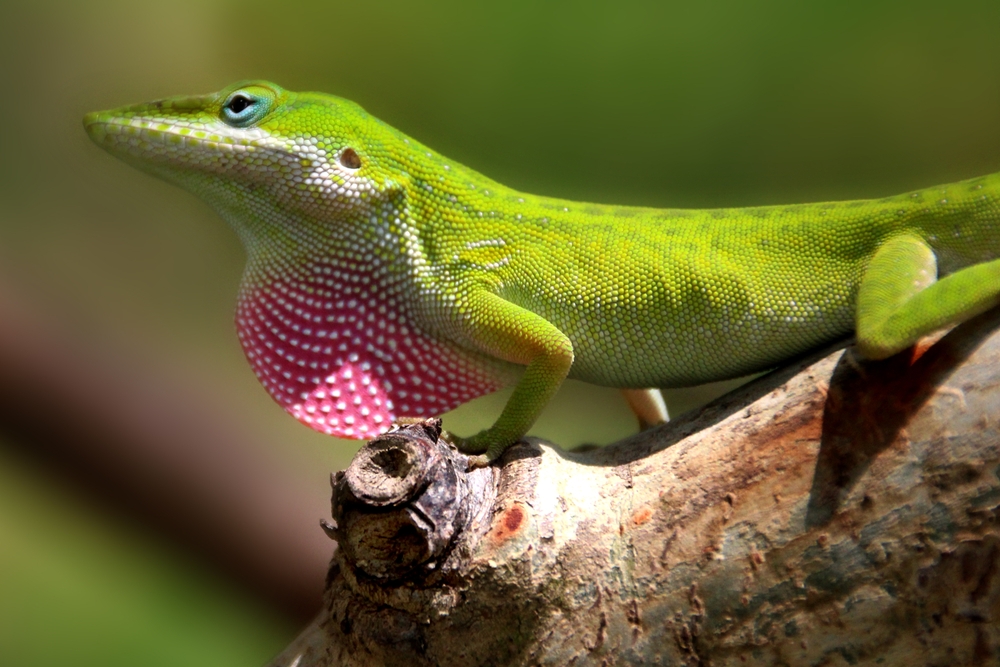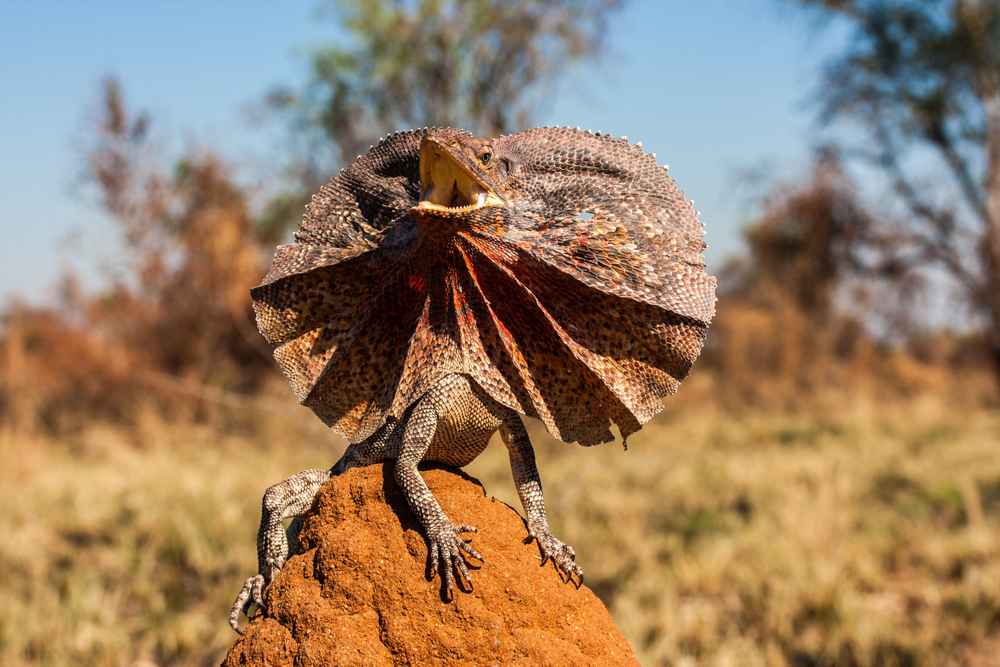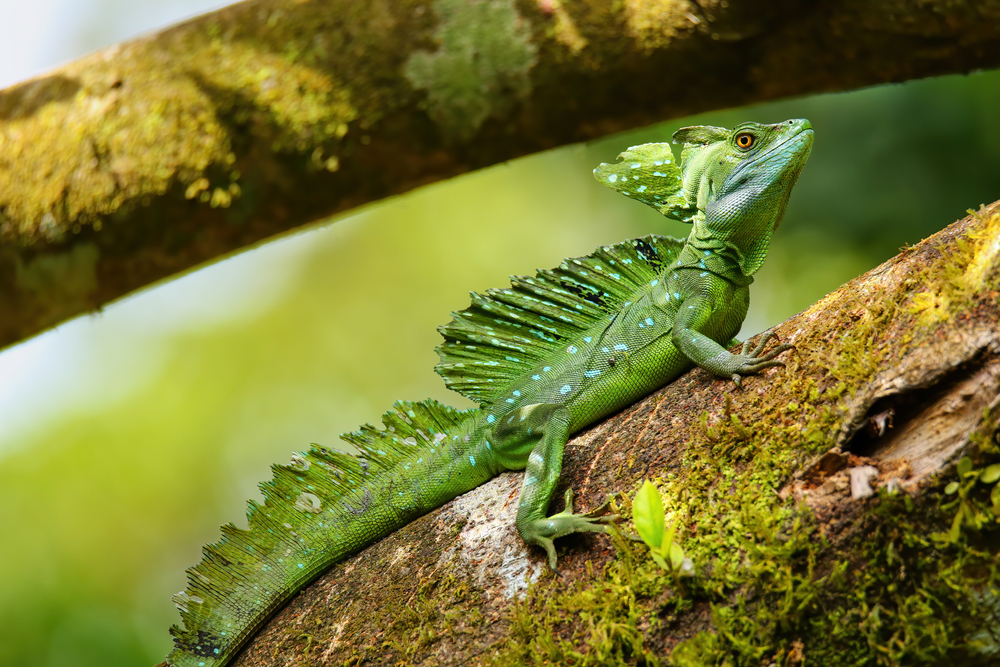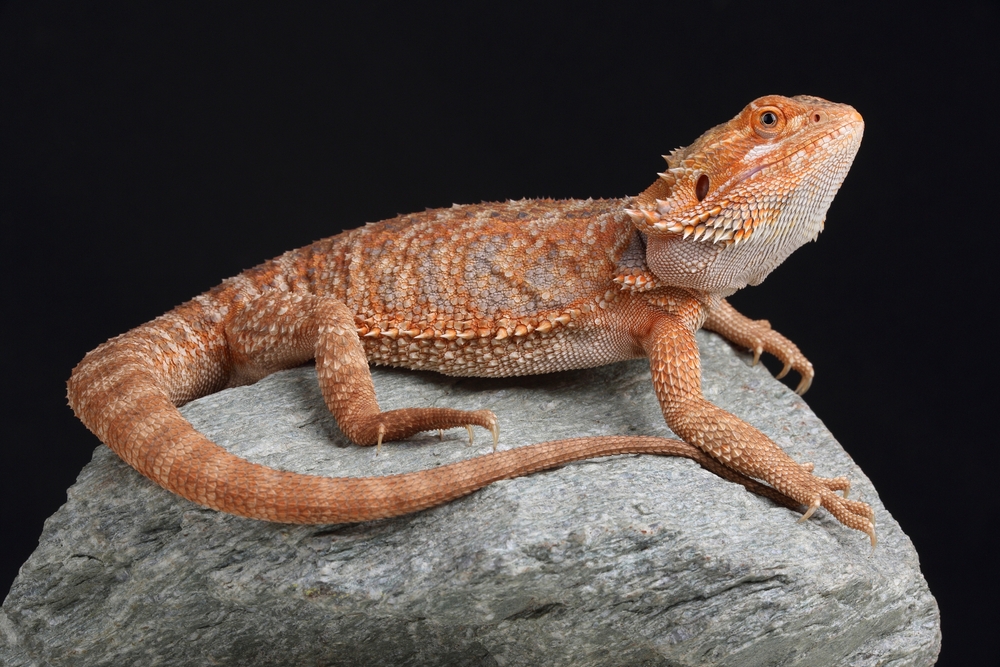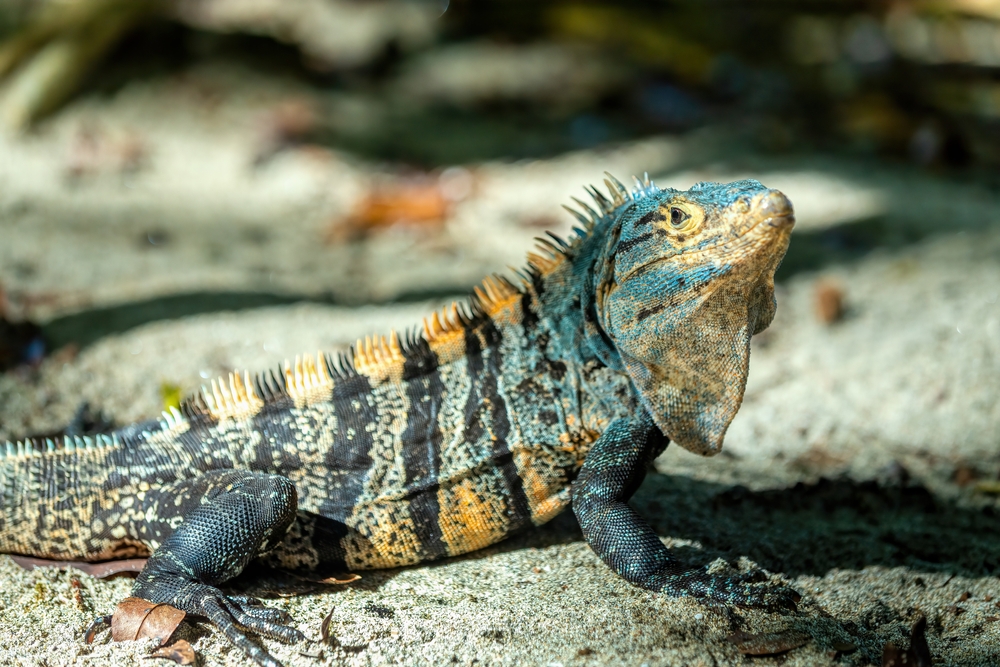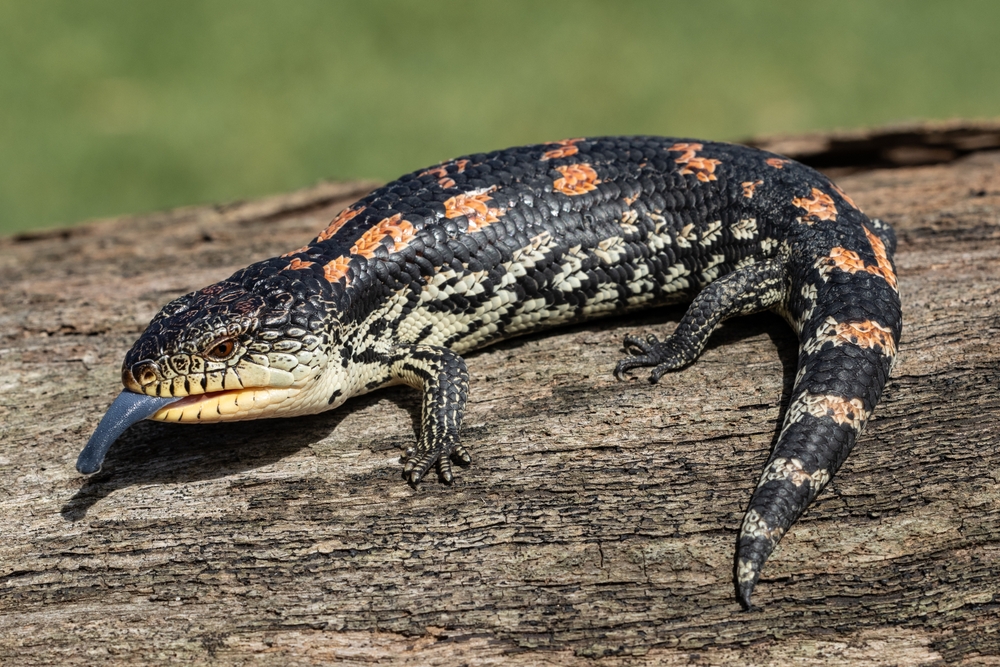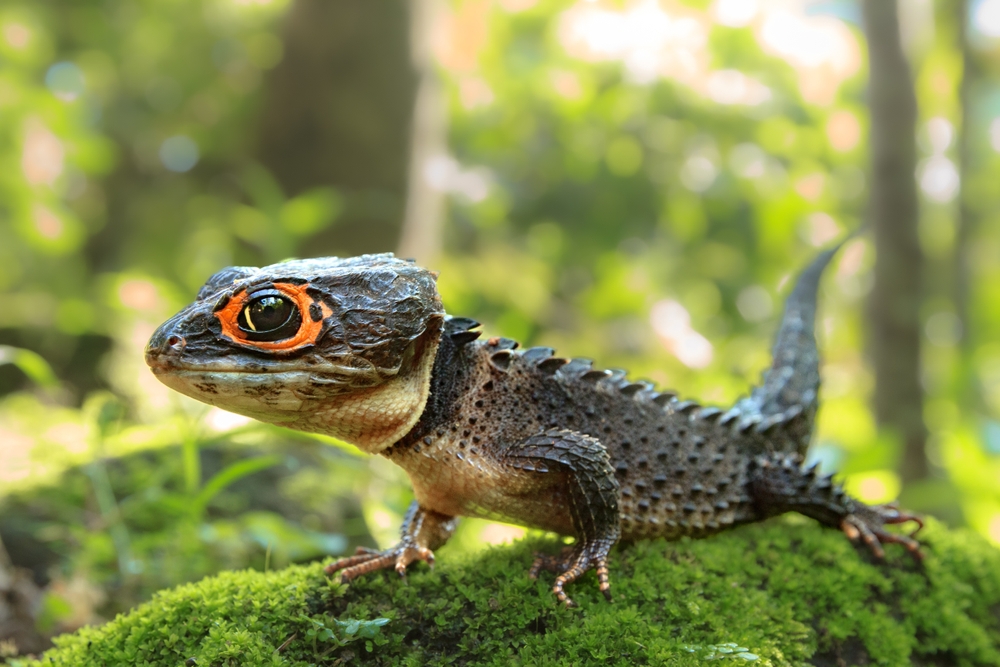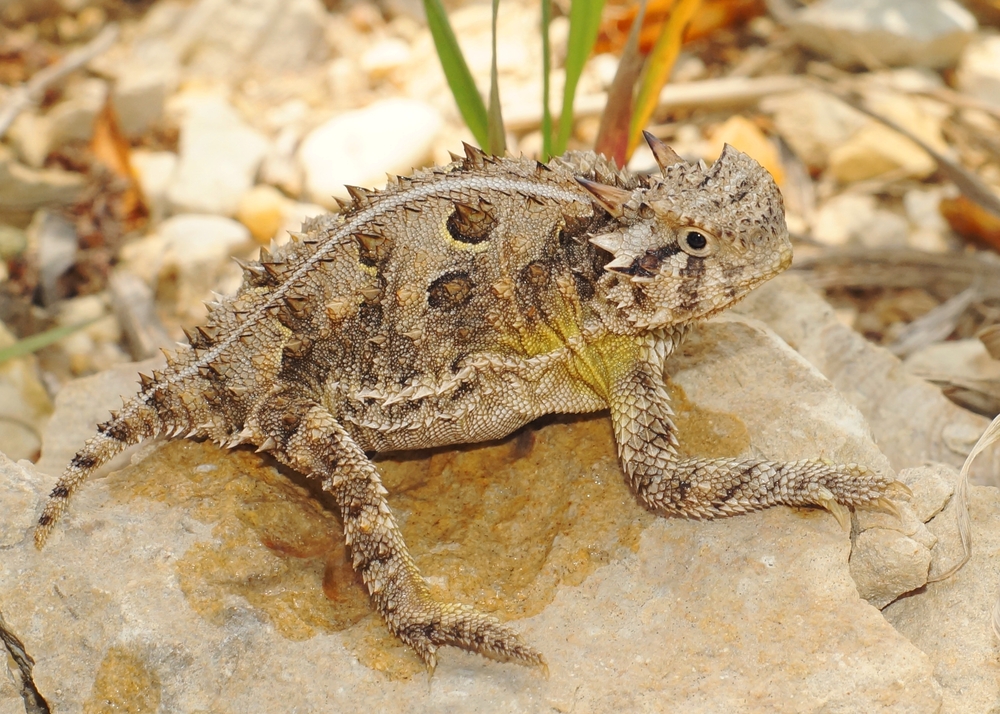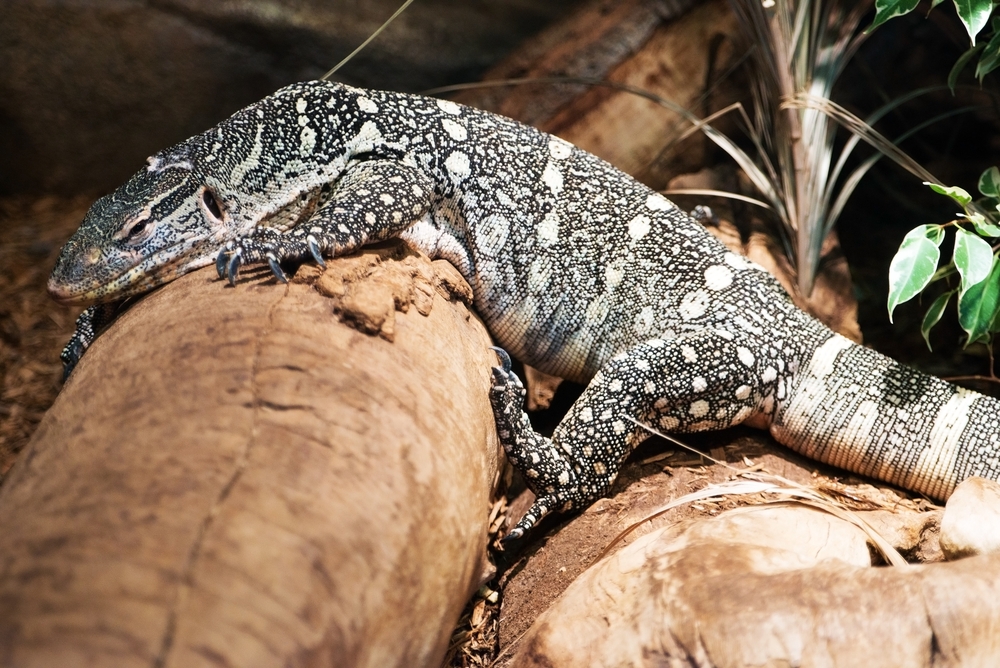The Green Anole (Anolis carolinensis) belongs to the genus Anolis, which contains over 400 species, primarily native to the Caribbean, Central America, and the southeastern U.S. Its closest relatives include:
-
Brown Anole (Anolis sagrei):
-
Originally from Cuba and the Bahamas, now widespread in the southeastern U.S.
-
Slightly smaller and unable to turn green, always brown with darker patterns
-
More aggressive and has outcompeted the Green Anole in many urban areas by taking over low perches
-
-
Bahaman Green Anole (Anolis smaragdinus):
-
Very similar in appearance and behavior, with emerald-green coloration
-
Native to the Bahamas; once considered a subspecies of A. carolinensis
-
-
Knight Anole (Anolis equestris):
-
Much larger (up to 20 in / 50 cm) and more aggressive
-
Shares the dewlap display behavior, but differs in size, strength, and habitat preference
-
While many Anolis species share behavioral traits—like dewlap displays, color sensitivity, and territoriality—the Green Anole is unique for being the only native U.S. species and for its broad adaptability to suburban life.



































































